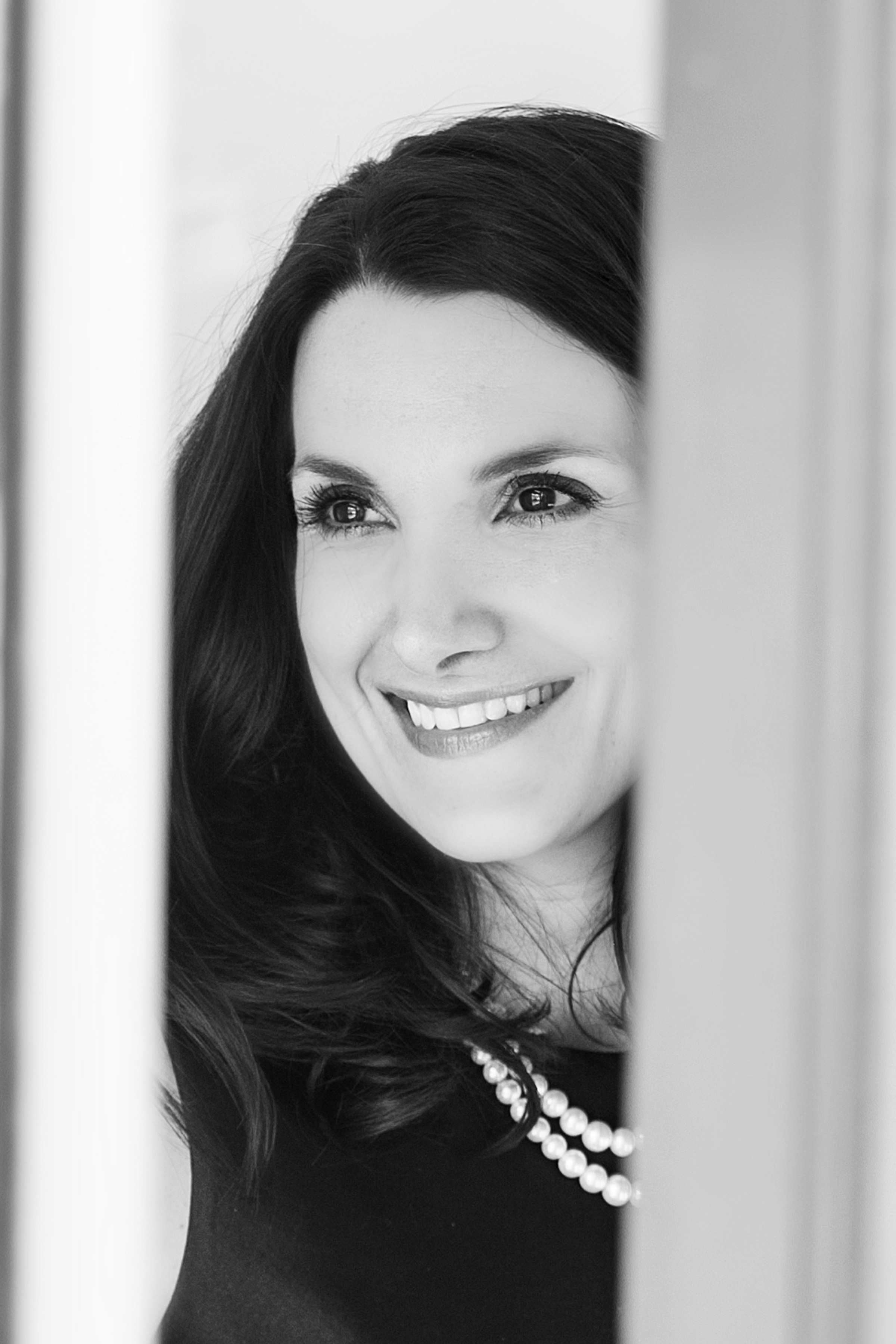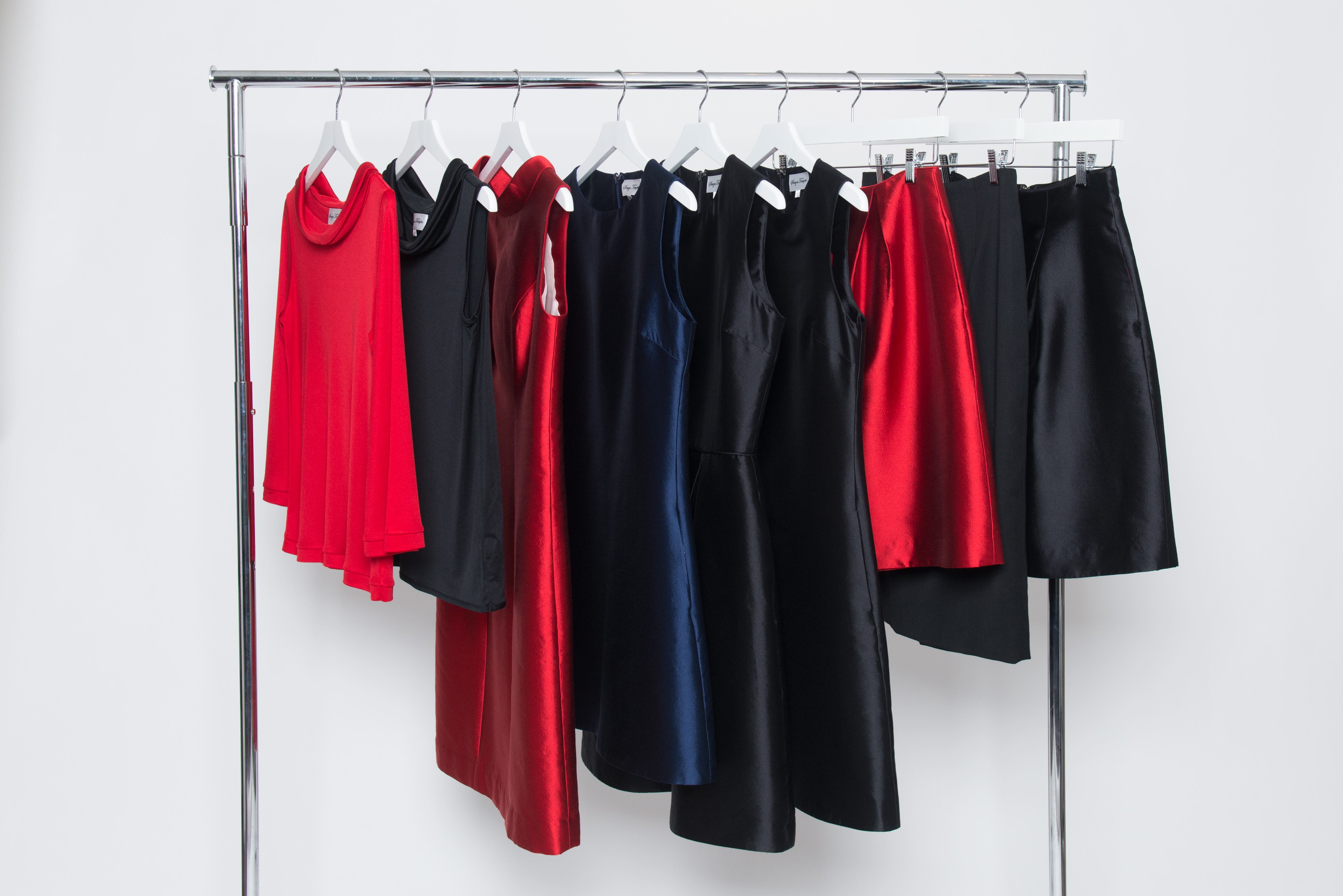As working women we’re all looking for that magic bullet that will save us a few minutes here, or an hour there. We can’t change the number of hours in the day, but we can change how we spend them. The busier we get the more we need to simplify those things within our control — like what we wear.
Simplifying your wardrobe, or curating your closet, is the key to unlocking your productivity and here’s why according to science:
1) Fewer choices leads to greater productivity by freeing up our mind to focus on the things that really matter.
We’ve all have those mornings where nothing seems to fit or feel right. By the time you decide to wear the black dress that you always go back to anyway, you’re frazzled and haven’t even left the house. Even something as simple as deciding whether to wear a scarf or necklace, or a black skirt versus a navy one reduces our mental capacity and willpower to focus on other things later in the day. Scientists call this decision fatigue.
There’s a reason why some of the most successful people from Steve Jobs to Mark Zuckerberg have a uniform. Diana Vreeland, the former editor of both Harper’s Bazaar and Vogue, and one of the most creative minds of the 20th century in fashion wore pencil skirts and cashmere sweaters to work everyday. Two decades of research on willpower has shown that we use willpower to do everything and that our willpower is finite — in other words deciding what to wear reduces our ability to focus on decisions that actually matter and performance of those tasks.
I’m not advocating wearing the same black dress everyday or cutting your wardrobe down to 20 items — though most people only wear about 20% of what they own. Simply edit what you own and curate a closet of favorite basics to make the decision process easier each morning.
A carefully edited closet comprised of two major categories, basics and accessories, will go a long way toward streamlining getting dressed each morning. There’s no one size fits all formula when it comes to wardrobe basics, what you need depends on where you work and your lifestyle. In general, a good basic should be well-made, relatively seasonless, versatile, and comfortable. Never forget that comfort equals confidence. Comfort does not necessarily mean Spandex either, it means buying things that fit the way they should and having them tailored to flatter your shape. Also, accessories aren’t just your shoes and jewelry, but blazers, scarves — anything that can be paired with basics to personalize your look.
2) When you feel more confident, you perform better.
The Journal of Experimental Social Psychology writes that enclothed cognition “involves the symbolic meaning of the clothes and the physical experience of wearing them.” In other words, when people dress the part they tend to feel more confident and have a heightened focus.
When you eliminate the excess in your closet and pare it down to your most favorite and frequently worn items, what’s left are the items you love and fit the best. When your clothing fits properly you tend feel more confident enabling you to perform at a higher level. It’s like having a closet full of power suits or power outfits.
3) Because time spent on shopping and managing our closets could be better spent elsewhere.
The BLS estimates that we spend nearly 45 minutes a week shopping or 168 hours (i.e., an entire week each year). The survey doesn’t break down how much is spent clothes shopping versus grocery shopping, but we also know this: the average American buys just over one new piece of clothing per week and throws out over 80 pounds of clothing per year. Buying a dress on your phone while sitting in a meeting doesn’t seem like a waste of time, however those purchases add up. The survey doesn’t account for all the weekends and vacation time we waste cleaning out and reorganizing mindless purchases. Time that could be spent actually resting and recharging.
Time is our only real luxury. We all complain that there is never enough of it, yet we rarely make meaningful changes in how we use it. As life becomes more complex, there’s a greater need to simplify those things that are under our control — like our wardrobe. Instead of looking for the latest and greatest app to enhance your productivity, take a hard look at how you are spending your time and where you are wasting it. My guess is that your closet full of nothing to wear is a good start.


